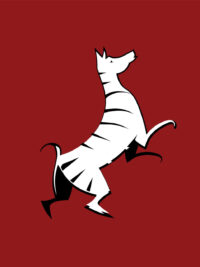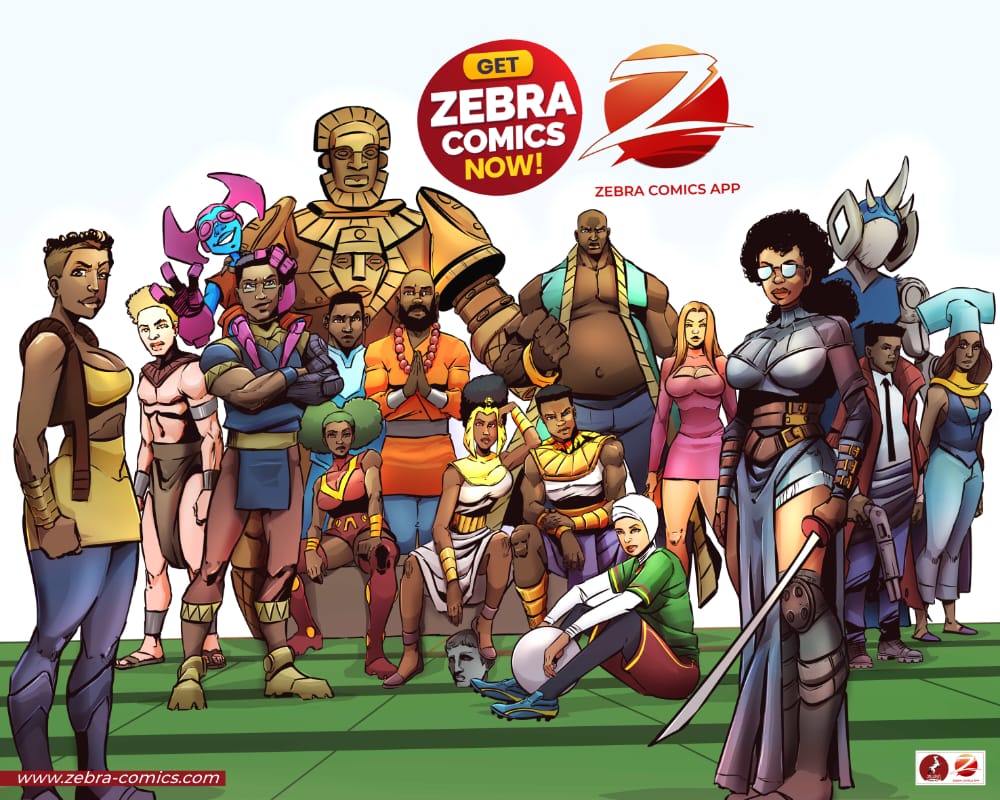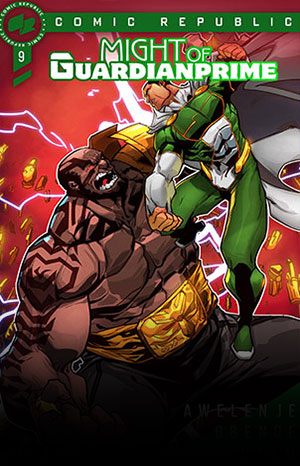Visual storytelling has been a part of African storytelling for generations, with traditional art forms such as Nsibidi and Adinkra utilized to transmit vital themes. The growth of digital comics in recent years has created new opportunities for African creators to showcase their work to a global audience. African comics have seen a rise in readership, from the superhero genre to science fiction, with fans around the globe looking for fresh and intriguing stories. Characters that are memorable are essential to the success of a comic book. Creating compelling African characters for comics, on the other hand, might be difficult. In this article, we will share some techniques that will help you break the ice.
1. Research and Understand African Culture
To create memorable African characters for comics, a thorough understanding of African culture is required. This comprises the customs, beliefs, and traditions of various African societies. Studying African mythology, folklore, and history might provide inspiration for developing African-based characters. It is also critical to comprehend the diversity of African traditions, which differ by country and location. It is important to research the various cultures prevalent across the continent in order to produce authentic African characters. Africa is home to over 1.3 billion people, and each country has unique cultures, customs, and traditions. Researching African cultures and mythologies allows you to develop a nuanced understanding of African societies and their values. By doing so, you can incorporate these values and beliefs into your characters, making them more relatable and authentic. Beasts of Tazeti published by Zebra Comics tells the story of warriors battling for the heart of a fallen god. The society is divided into 5 clans inspired by cultures from North, West, Central, East and Southern Africa.

2. Develop a Strong Backstory
A memorable character is defined by more than their physical appearance. Their motives, values, and personality traits are shaped by their backstory. Consider your African character’s family history, childhood experiences, and education when writing their narrative. This will help you create a dynamic and convincing character. Consider where your character comes from, what their upbringing was like, and what motivates them. This will help you create a character who feels real and believable. A great example is Kwezi, a South African superhero comic book created by Loyiso Mkize. It tells the journey of a young man who was living an ordinary life until he discovered that he had superpowers. He is motivated by his desire to protect his community from danger, and he works alongside other superheroes to fight crime and corruption.
3. Choose a Unique Appearance
A character’s appearance is critical to making them memorable. It is usually the first thing readers notice, and it may be an effective strategy for making them memorable. The appearance of a character can reveal a lot about their personality, culture, and past. It is essential that they create an appearance that is distinct and representative of their cultural heritage. Take into account clothing, hairstyles, and body language. African fashion and aesthetics can inspire the creation of distinctive and eye-catching character designs. Yet, it is essential to steer clear of stereotypes and caricatures that reinforce damaging narratives about African people. “Malika: Warrior Queen” by Roye Okupe, features an African queen with a unique, regal appearance.
4. Create Characters with Strong Personalities
A character’s personality is what differentiates them and makes them memorable to readers. African comic book characters should have strong personalities that reflect their cultural heritage. They should be nuanced, with flaws and strengths that allow readers to relate to them. Consider what your character is motivated by, what they are passionate about, and what their aims and aspirations are. Consider your character’s quirks, flaws, and strengths. Are they humorous or serious? Are they brave or cowardly? Are they flirtatious or reserved? These elements will aid in the creation of a memorable and interesting character. One popular example is Anansi, the spider-like trickster god from West African folklore. Anansi is known for his cunning, humour, and love of mischief, making him a fan favourite among readers.
5. Avoid Stereotypes and Caricatures
Avoiding stereotypes and caricatures is one of the most difficult tasks in designing African characters for comics. African characters in comic books are frequently portrayed as one-dimensional clichés, promoting negative stereotypes about African people. It is critical to avoid these tropes and develop dynamic, interesting, and real people. This can be accomplished by researching and understanding African culture, as well as consulting with experts and creators from various African backgrounds. Avoid making assumptions or generalisations by researching and educating yourself on the cultures and histories from which you are drawing inspiration. In Malika: Warrior Queen, Malika is the titular character created by writer and artist Roye Okupe. She is a warrior queen who defends her kingdom against invaders, and her character is based on the historical figure of Queen Amina of Zazzau. Malika is a strong and capable character, with a rich and complex backstory that draws on African history and culture.

6. Collaborate with African Creators
Collaboration with African creators is vital if you want to create memorable African characters for comic books. African creators have a deep understanding of African culture and can offer invaluable advice on how to create authentic characters. Cooperation also ensures that varied African perspectives are represented in the development of African comic book characters. A good example of collaboration is Lake of Tears. It narrates the tale of three teenagers who cross paths on Lake Volta, sharing their stories of captivity and redemption. The story sheds light on the sad reality of many children in Ghana who are trafficked and forced to work in the dangerous inland fishing industry. This work of art came to life through the combined efforts of Kobe Ofei, John Schaidler, Setor Fiadzigbey & Challenging Heights (producer) with contributions from Alfred Achiampong & Kofi Ofosu.
7. Test and Refine Your Character
Creating a memorable character is a process that requires testing and refinement. Once you have created your character, test them with a diverse group of readers to see how they are received. Take feedback into consideration and refine your characters until they are authentic and engaging.
Conclusion
It takes research, creativity, and attention to detail to create memorable African characters for comics. By following these tips, comic creators can make their African characters come alive and create an engaging comic book experience for their readers. For both creators and readers, character creation can be a rewarding and memorable experience, but it requires patience and effort.





I’m definitely stealing some of these!
Especially the stereotypes.
Thanks a lot for the tips , they’re really helpful.
Your point of view caught my eye and was very interesting. Thanks. I have a question for you.